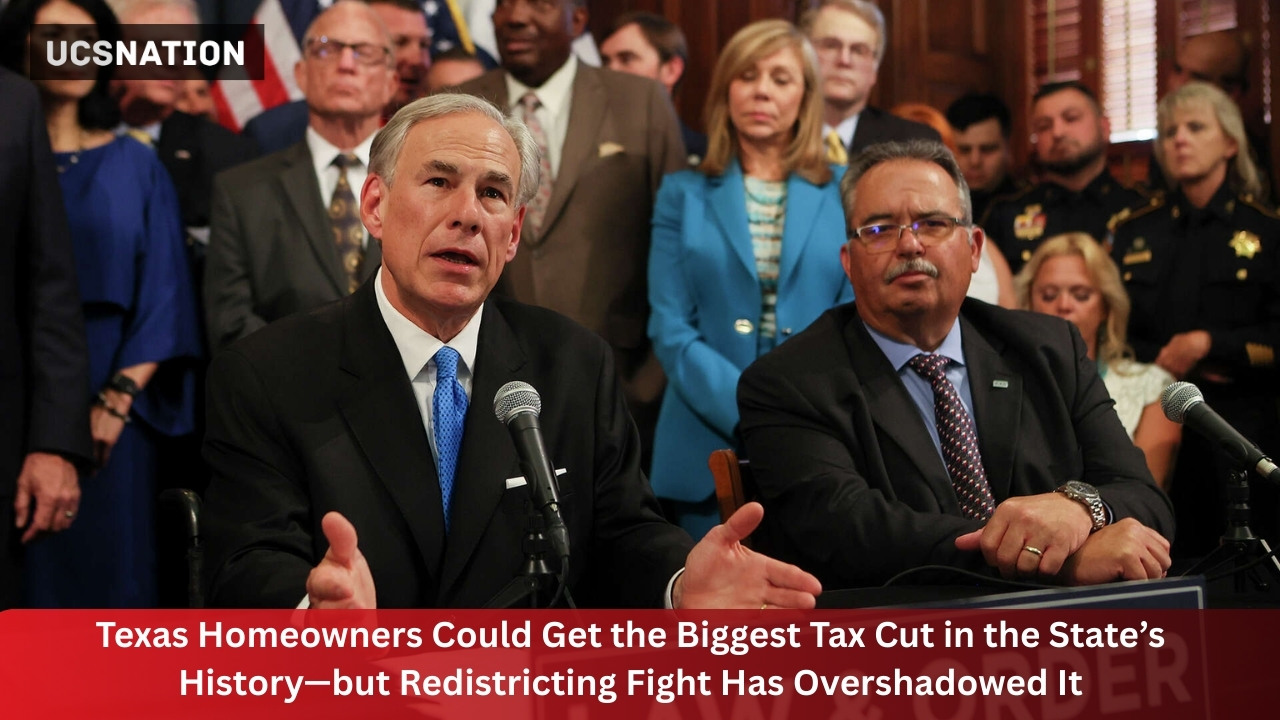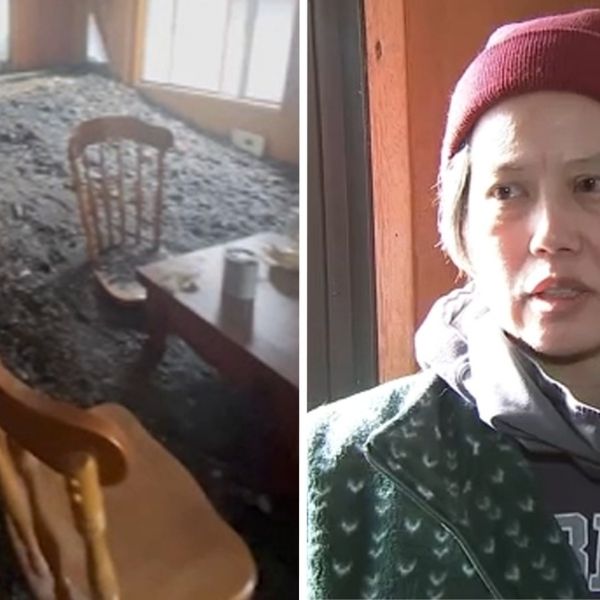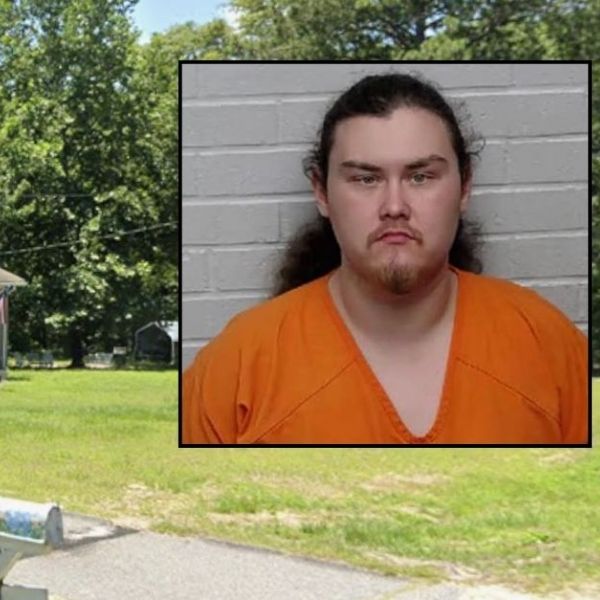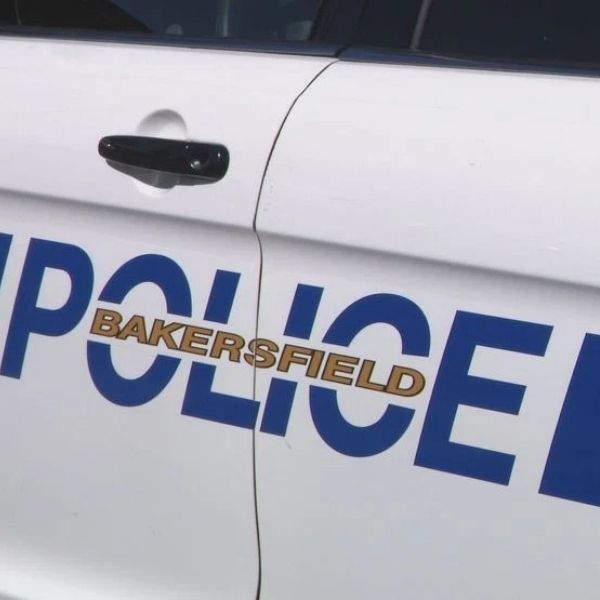Texas homeowners could soon receive one of the biggest property tax cuts in state history—worth roughly $500 a year for the average home, according to Texas Tribune estimates.
Signed into law by Gov. Greg Abbott in June, the plan boosts homestead exemptions, increases breaks for seniors and people with disabilities, and reduces certain business property taxes.
However, there’s a catch: the cuts will only take effect if voters approve the measures this November. Instead of touring the state to promote the plan, the governor is currently embroiled in a heated redistricting battle that’s drawing headlines and attention away from the historic tax relief.
Here’s what Texas homeowners should know about the upcoming ballot measures.
What the property tax relief would do
“Do you think your property taxes are too high?” Abbott asked a crowd of voters and public officials in Denton, TX.
“Yes,” they replied in unison.
“So do I,” he said, prompting laughter from the audience.
The lighthearted moment came as Abbott signed Senate Bill 4, Senate Bill 23, and House Bill 9, launching one of the most significant property tax relief efforts in Texas history.
Together, these measures promise substantial savings for homeowners and small business owners:
- SB 4: Raises the mandatory school district residence homestead exemption to $140,000, up from $100,000. When Abbott took office in 2015, it was just $15,000—representing nearly a 1,000% increase during his tenure.
- SB 23: Boosts that exemption to $200,000 for seniors and homeowners with disabilities.
- HB 9: Increases the business personal property tax exemption from $2,500 to $125,000, easing financial pressure on small businesses statewide.
Abbott described the package as “truly unprecedented,” emphasizing that “no state in American history has devoted such a large percentage of their budget to tax relief.”
The plan carries a hefty price tag—15% of Texas’ two-year budget, or $51 billion. Most of that money will go to school districts to replace revenue lost from higher homestead exemptions. The state is relying on a sizable budget surplus to fund the cuts, but some experts caution that these surpluses won’t last, raising concerns about a potential future deficit.
Why It’s Not a Done Deal
Despite the excitement, these tax cuts aren’t guaranteed. Instead of approving relief that would only last for the current budget cycle, lawmakers chose a more permanent route—embedding the changes into the Texas Constitution. Under state law, that requires voter approval, meaning the package will only take effect if it passes in the November 2025 election.
“We want to make sure we do more than just pass a law for this session that could be overturned by majority next session,” Abbott said at the signing ceremony. “We want to make sure that we pass laws that are enduring, that would require two-thirds votes, which mathematically would mean as it concerns increasing of tax, not in the lifetime of anybody in this room are you going to get two-thirds vote to increase a tax.”
A constitutional amendment needs just a simple majority to pass, but undoing one requires a two-thirds majority of voters.
While the numbers appear to favor Abbott, turnout could be the wild card. Off-year elections in Texas typically see far fewer voters than presidential or midterm contests. In the 2023 constitutional amendment election, only 14% of registered voters participated, according to the Texas Secretary of State’s office. By comparison, turnout reached 61% in 2024 and 66% in 2020—both presidential election years.
Historically, Texans have supported property tax relief at the ballot box, approving a major measure as recently as 2023. However, with another high-profile legislative fight dominating headlines, these tax cuts risk being overshadowed.
The political drama overshadowing it
Instead of spending the summer promoting his property tax plan, Abbott is embroiled in a separate fight that has overtaken the Texas Capitol and drawn national attention: redistricting.
Democratic lawmakers have left the state to block a quorum, preventing Republicans from passing a new congressional map. Backed by Abbott and GOP leaders, the proposal could add five Republican-held U.S. House seats—shifting the current 25–12 split to 30–8. (One seat remains vacant after Rep. Sylvester Turner’s death in March.)
The plan aligns with former President Donald Trump’s push to bolster Republican control ahead of the 2026 midterm elections, but it carries political risks. In 2010, Republicans crafted maps they believed would secure their majority, only to see Democrats flip two of those “safe” seats in 2018.
The battle has sparked national interest, with Democratic-led states like California hinting they may respond with their own partisan remaps if Texas succeeds. For now, the redistricting standoff dominates the news cycle, forcing Abbott’s property tax message to compete for attention.
“Property tax relief is one of the most pressing issues facing Texas,” said Andrew Mahaleris, Abbott’s press secretary. “The rate and ease with which local governments raise property taxes must be addressed, which is why Governor Abbott added property tax reform to the special session agenda.
“It is inexcusable for Democrats to flee the state, avoiding their duty to serve Texans and debate critical issues, while wasting time and taxpayer money. Texas House Democrats must return to Austin immediately and get to work,” Mahaleris added.
What homeowners should watch for
As the political fight continues, Texans with strong opinions on the proposed property tax relief should keep these key voter dates in mind. These dates could still change during the 2025 legislative session:
- Voter registration deadline: Oct. 6, 2025
- Early voting: Oct. 20–31, 2025
- Election Day: Nov. 4, 2025
If you want to estimate your savings under the proposal, check your home’s taxable value on your county appraisal district’s website and calculate using the proposed exemptions. Remember, the homestead exemption applies only to the school district portion of your property taxes.
For instance, a median-priced home in Austin valued at $580,000 currently carries an estimated property tax bill of about $8,878 with the standard homestead exemption, according to the Travis County Tax Office’s Property Tax Estimator.
Here’s the breakdown:
- Travis County: $1,598
- Travis Central Health: $501
- City of Austin: $2,216
- Austin Independent School District: $4,562
- Total: $8,878
Under the new $140,000 homestead exemption, the Austin ISD portion would drop to about $4,182—saving roughly $380 a year. Seniors and disabled homeowners could see it reduced further to around $3,611, or about $951 in annual savings.















Leave a Reply